Ian Lesser
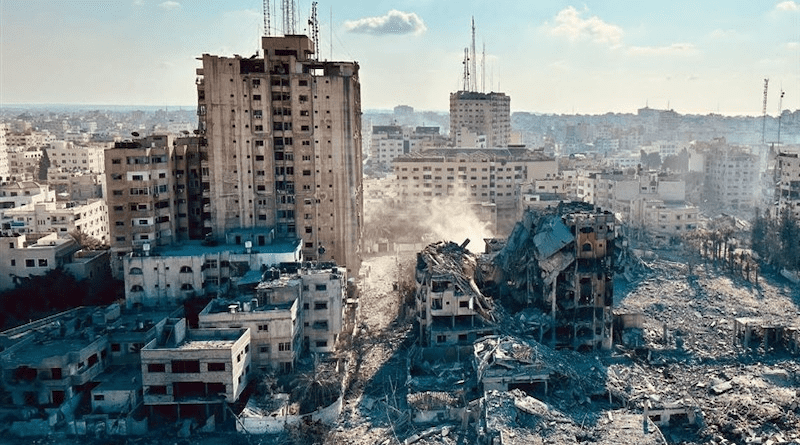
The October 7 2023 Hamas attacks and Israel’s ensuing offensive in Gaza have sent the Middle East back into a state of turmoil. This will have important security and diplomatic implications not only for the Middle East but also for the broader Euro-Atlantic region. Moreover, as it underscores the ongoing relevance of terrorism and counter-terrorism, the current war will likely impinge on transatlantic relations at a time when the US and Europe are striving to re-focus on deterring great-power conflict in Europe and the Indo-Pacific.
Analysis
The horrific attack on Israel by Hamas on 7 October 2023 and the devastating war it has unleashed in Gaza hold the potential to reshape the strategic environment in the Middle East and the Mediterranean. The evolving conflict also underscores the wider security challenges facing Europe and the US, with implications for the future of deterrence, crisis management and burden-sharing. The consequences are potentially far-reaching at a time of shifting global dynamics and critical elections on both sides of the Atlantic.
A hybrid attack
The attack by Hamas and elements of Palestinian Islamic Jihad was extraordinary in terms of its scale, with some 1,200 Israelis and others killed and roughly 240 taken hostage, but also in terms of its hybrid nature. The attack combined elements of terrorism with irregular warfare and an ongoing information campaign. Sophisticated planning and deception were accompanied by straightforward, violent rage. The massive failure of warning and intelligence on the Israeli side will no doubt be researched and debated for years to come. The 7 October experience –and in a very different sense the early lessons from Ukraine– illustrate the dynamic relationship between technology and the human factor, between offence and defence in war. Faith in technology and established patterns of deterrence cannot make up for systemic failures when decisionmakers are simply ‘looking the other way’. Like Russia’s war in Ukraine, but on a much smaller scale, the Gaza crisis also highlights the enduring power of ruthlessness as a factor in international security.
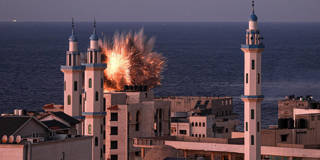
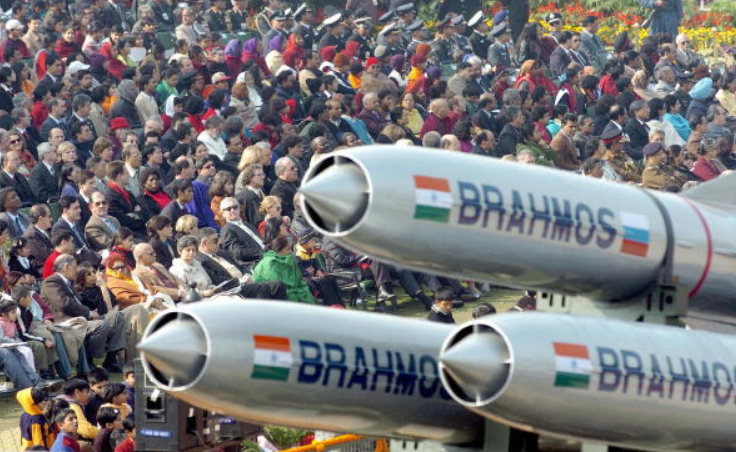
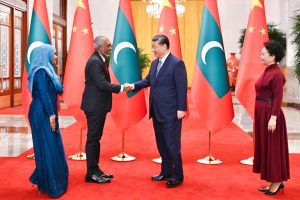


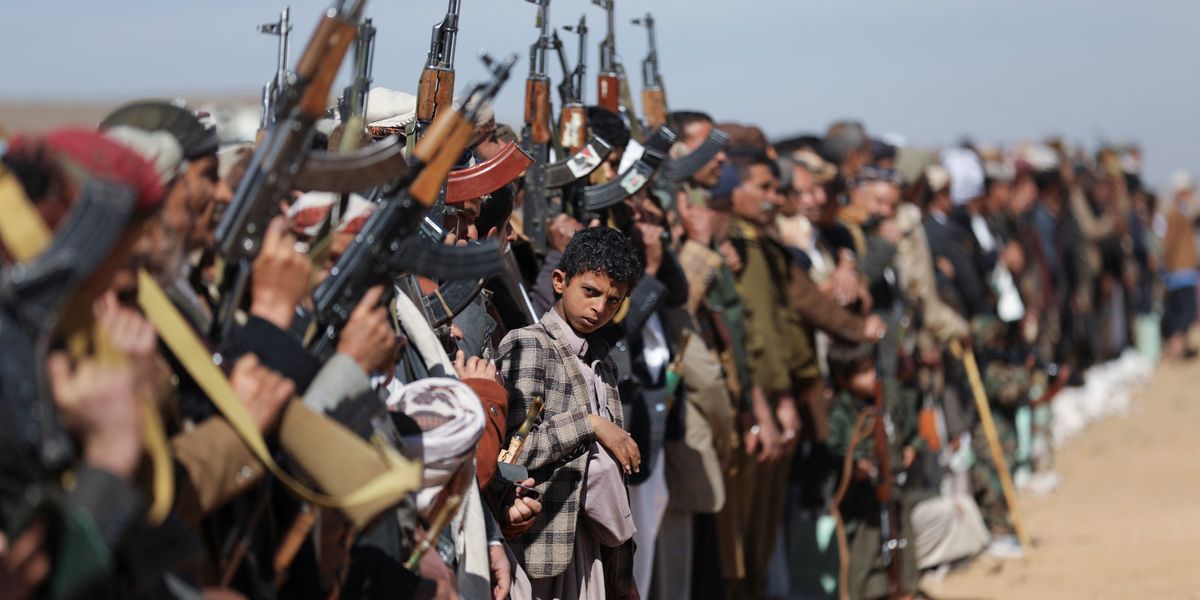
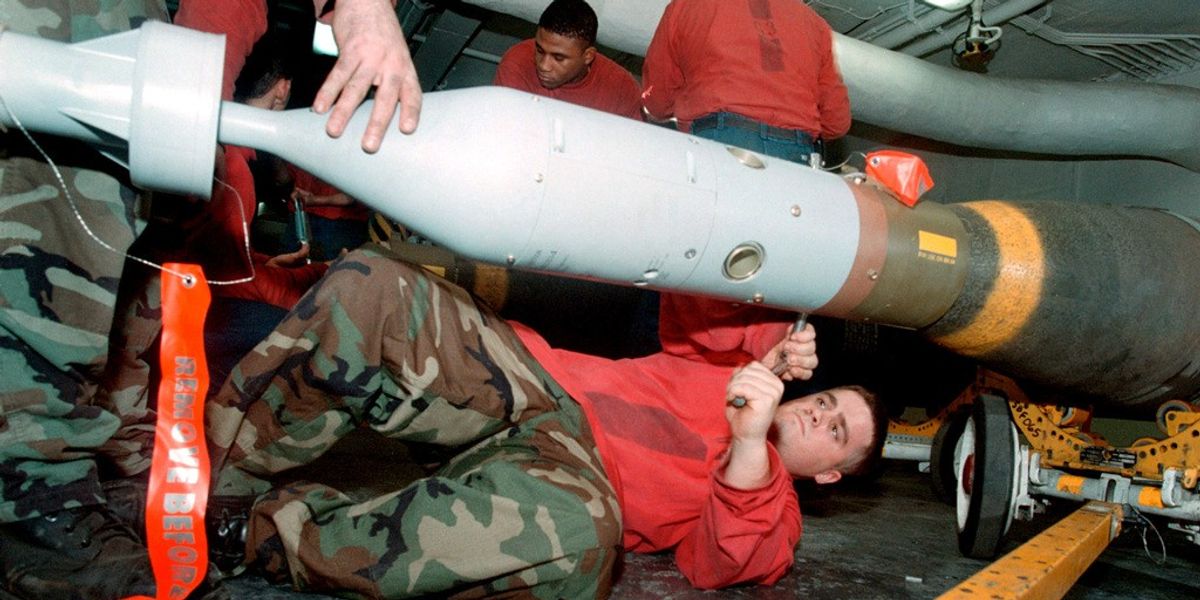

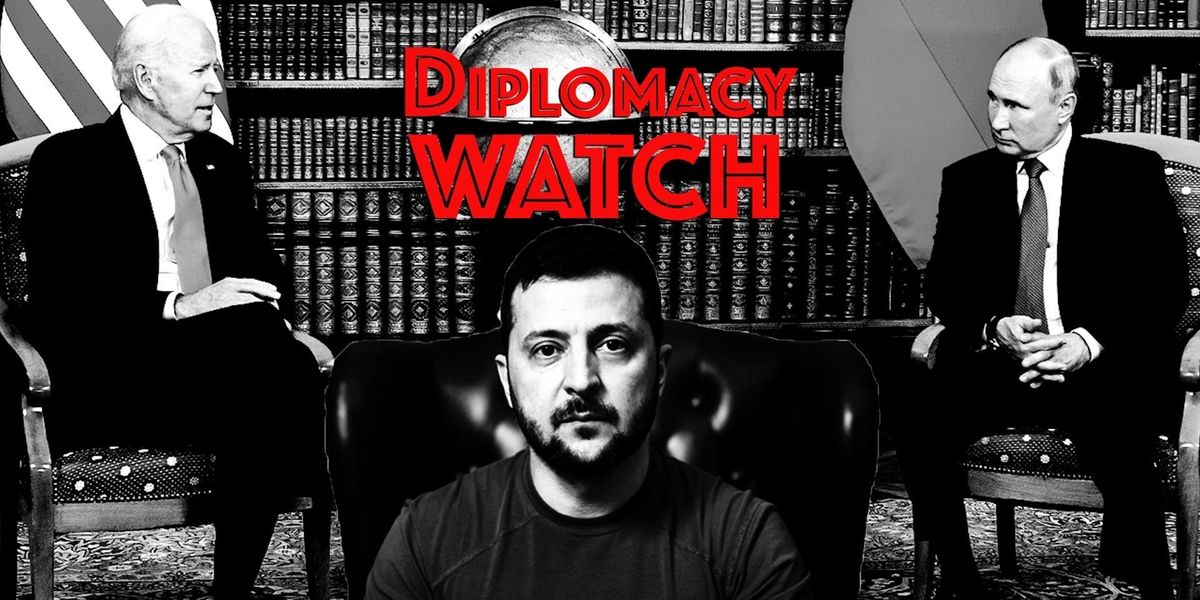

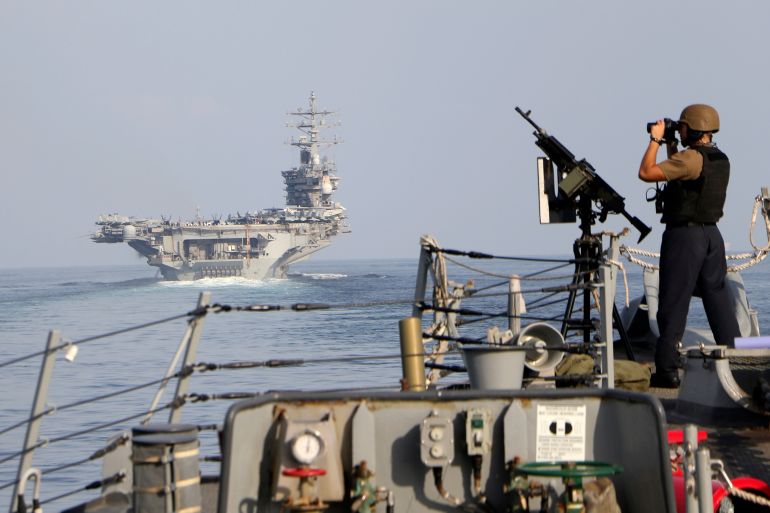
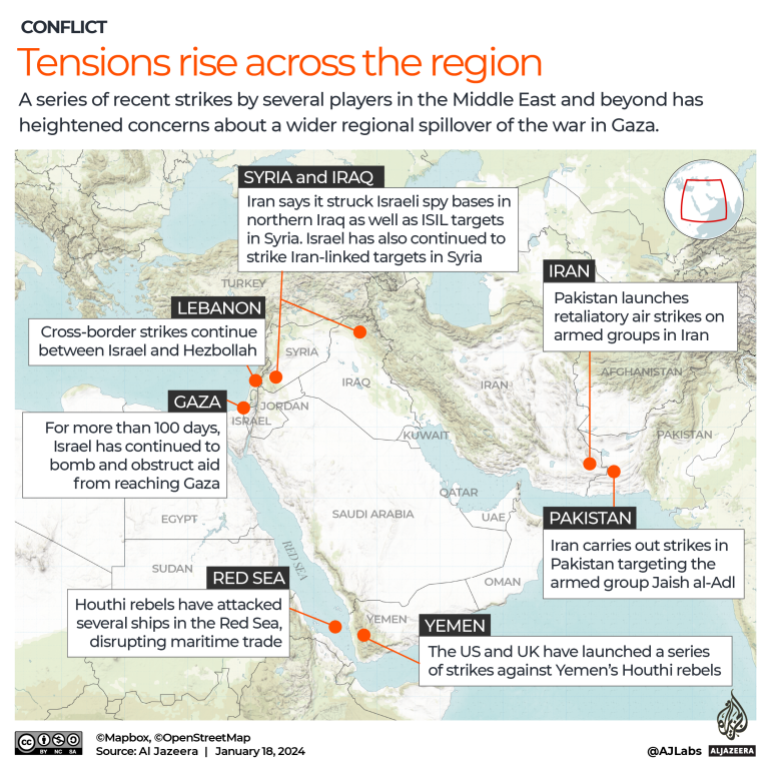

:quality(70)/cloudfront-us-east-1.images.arcpublishing.com/archetype/FWX5NEKVEJCO7K2VRISIQTL7MA.jpg)
